Specifically, according to this regulation, for small, narrow plots of land with substandard area, size, and shape, the District People's Committee shall preside over and coordinate with the Commune People's Committee to inspect the actual status of the above plots of land and compare them with relevant legal documents to determine which plots of land fall into this category.
The inspection will take place immediately after the regulation comes into effect, and periodically every 6 months there will be a review and listing of small narrow plots of land. Information related to this list will be made public and notified to adjacent land users so that they can have their opinions on the use of small narrow plots of land for public purposes or for lease.
For land allocation or land lease in the case of narrow plots, the regulations, criteria and principles stipulated in Decree No. 48/2020 shall apply. The land use term of narrow plots shall be determined in accordance with the land use term of the plot that the adjacent land user is using.
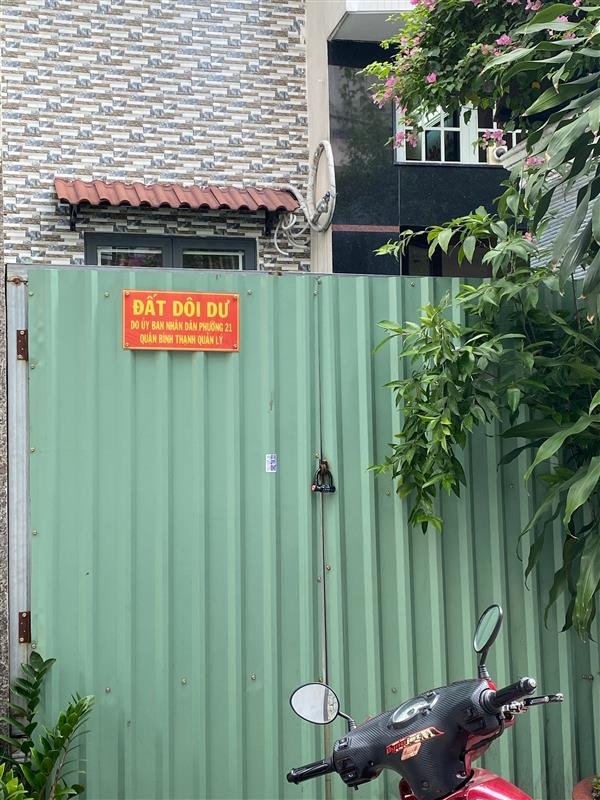
A "leftover" plot of land is being managed by the government.
Ms. Mai Thanh Thao, Deputy Director of Banking and Corporate Services Department of Savills Vietnam, said: If the surplus area is large enough, the State can develop it into a green area or a small gym with additional equipment, or a children's bookshelf, a community activity yard... At that time, the project will be handed over to the local government to manage to ensure green - clean - beautiful, which is an added value for residents in the area.
In cases where it cannot be used for public purposes, the city should allocate land with land use fees at land use rights prices approaching the market price for adjacent land users. In reality, there are many cases where surplus land is located in front and limits the accessibility of adjacent land plots. Therefore, the demand for this surplus land from adjacent land users is quite high. In addition, she also recommended that the determination of land allocation prices should be carried out objectively by reputable valuation consulting companies in the market.
Real estate expert Tran Khanh Quang also recommended that the State must ensure that after allocating land, adjacent land users must immediately carry out land consolidation procedures according to regulations. If necessary, measures must be taken to prevent the reassignment of ownership after being allocated this small and narrow land in order to limit the existence of "super small" land and "super thin" houses with areas, sizes and shapes that do not meet the prescribed standards for land division or construction. Land recovery must be carried out if illegal resale of "leftover" land is detected.
According to Mr. Tran Khanh Quang, local authorities should limit the leasing of small plots of land because leasing land can lead to disputes and lawsuits over land, and it is difficult to reclaim land if the adjacent land user transfers real estate without the future buyer knowing about the land lease. Another possible case is that the adjacent land user subleases the land for a purpose other than residential use or to build a permanent structure on the combined land area or as collateral.
However, Mr. Quang also pointed out a problem that needs attention: if the "leftover" land is not square or "nice", the adjacent users will consider whether to buy it back to merge this land plot. At that time, if there is no buyer for this land, it is necessary to stipulate that the management be assigned to the local government or consider making it a neighborhood office, or a civil defense post for that area to enhance security, order and urban beauty.
Source link



![[Photo] Prime Minister Pham Minh Chinh starts construction of vital highway through Thai Binh and Nam Dinh](https://vphoto.vietnam.vn/thumb/1200x675/vietnam/resource/IMAGE/2025/5/12/52d98584ccea4c8dbf7c7f7484433af5)
![[Photo] Prime Minister Pham Minh Chinh receives Swedish Minister of International Development Cooperation and Foreign Trade](https://vphoto.vietnam.vn/thumb/1200x675/vietnam/resource/IMAGE/2025/5/12/ae50d0bb57584fd1bbe1cd77d9ad6d97)
![[Photo] Prime Minister Pham Minh Chinh works with the Standing Committee of Thai Binh Provincial Party Committee](https://vphoto.vietnam.vn/thumb/1200x675/vietnam/resource/IMAGE/2025/5/12/f514ab990c544e05a446f77bba59c7d1)


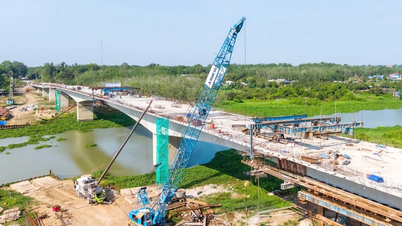




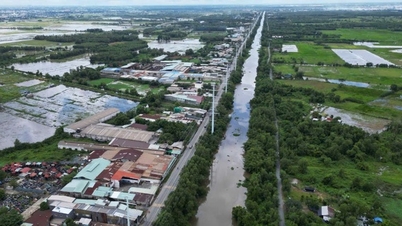









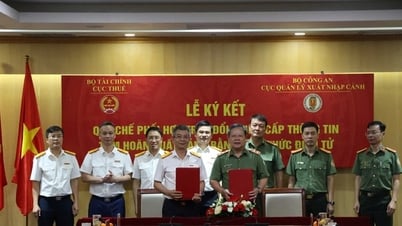






























































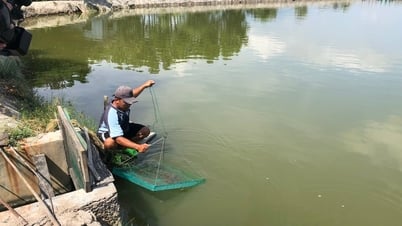

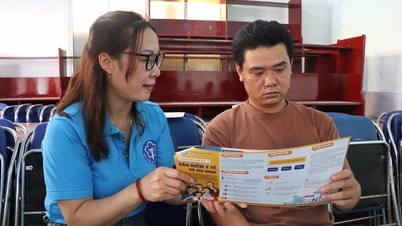
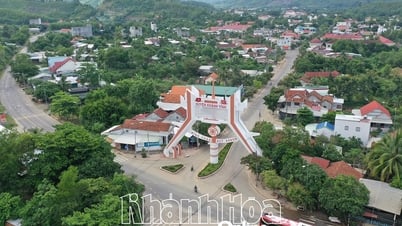










Comment (0)